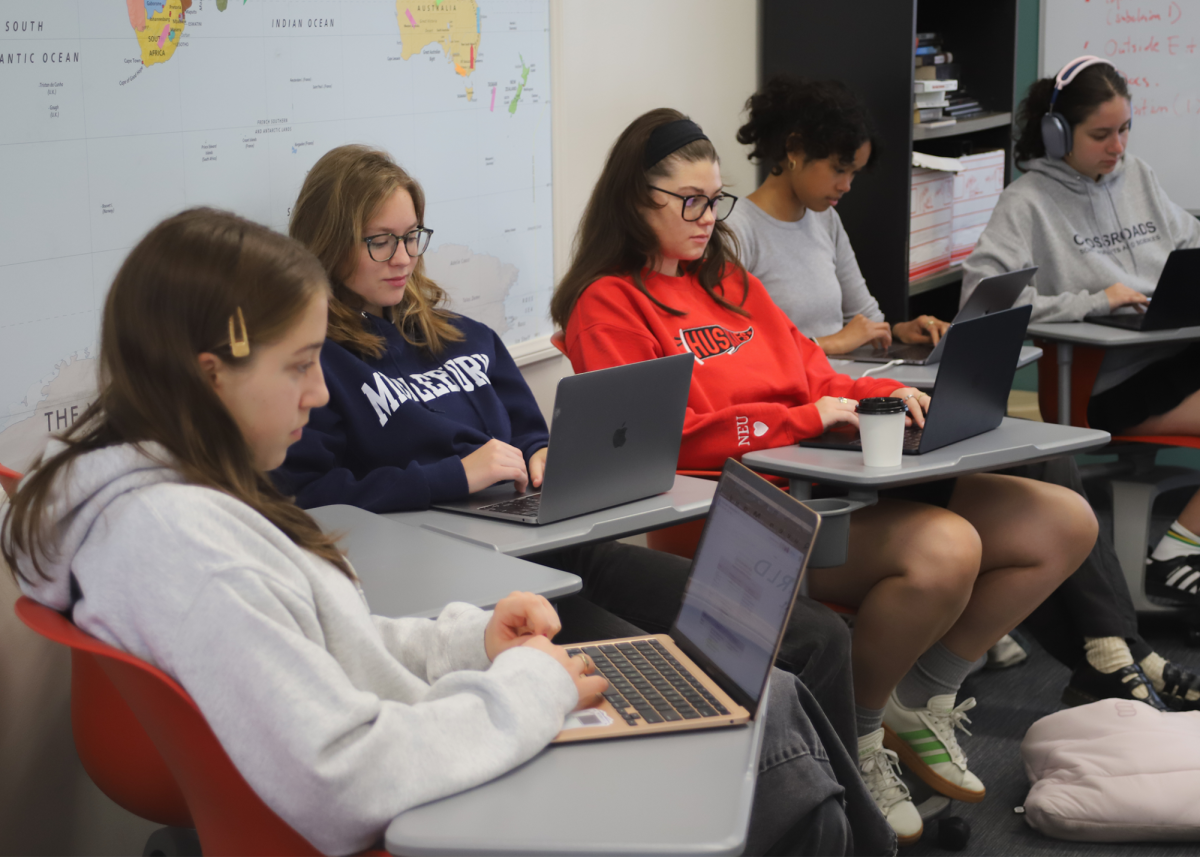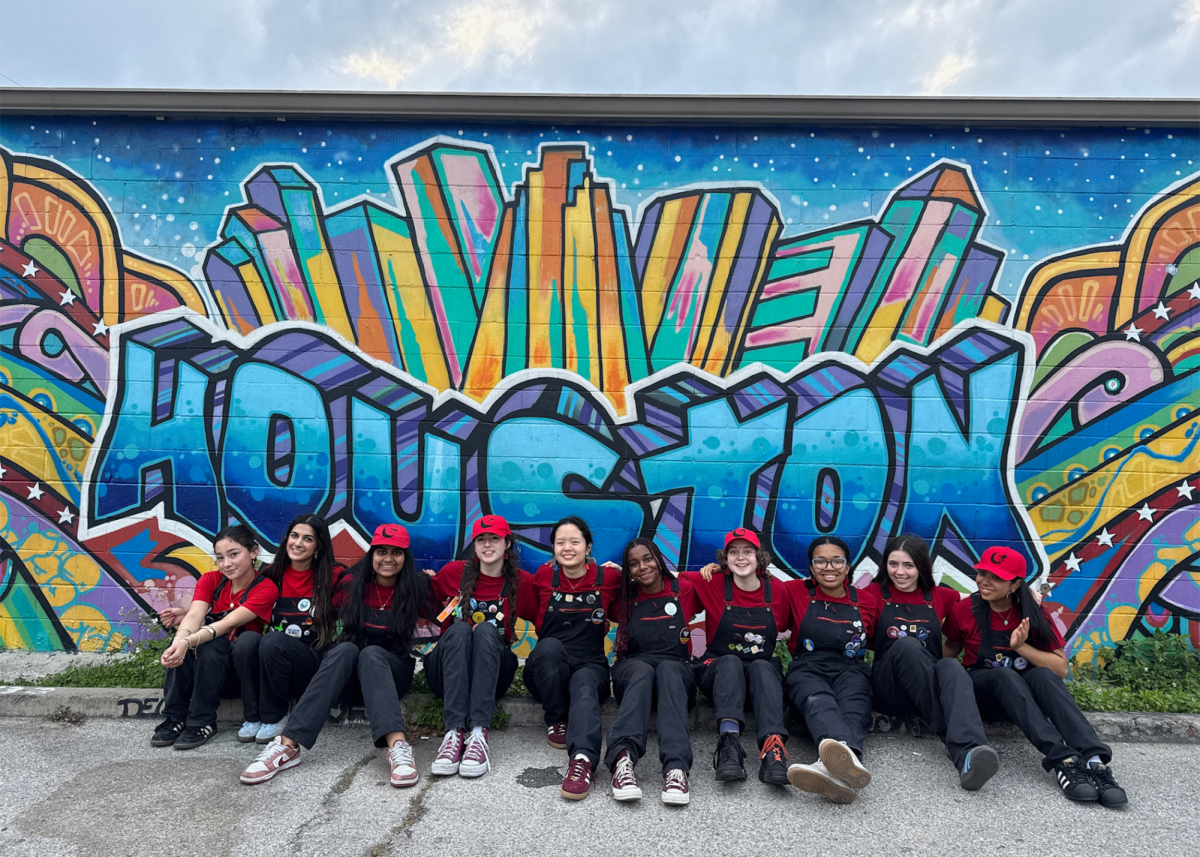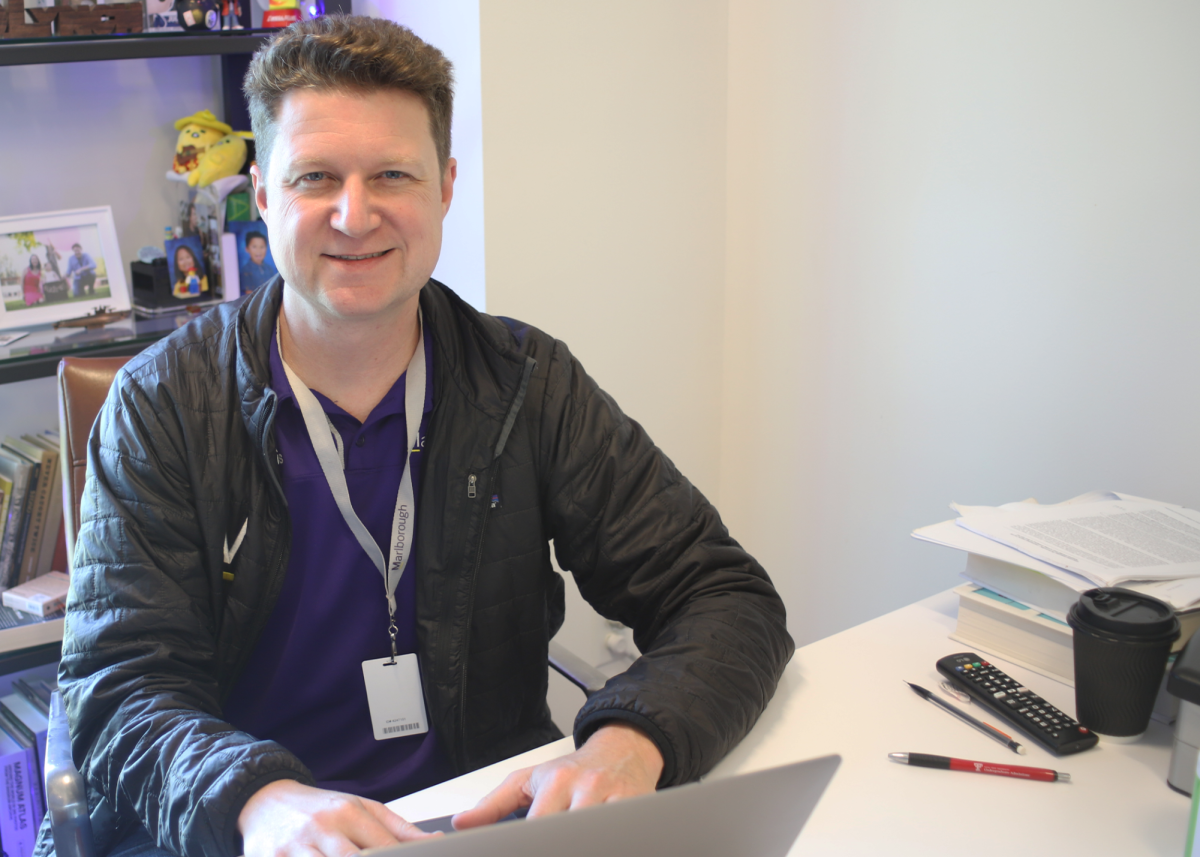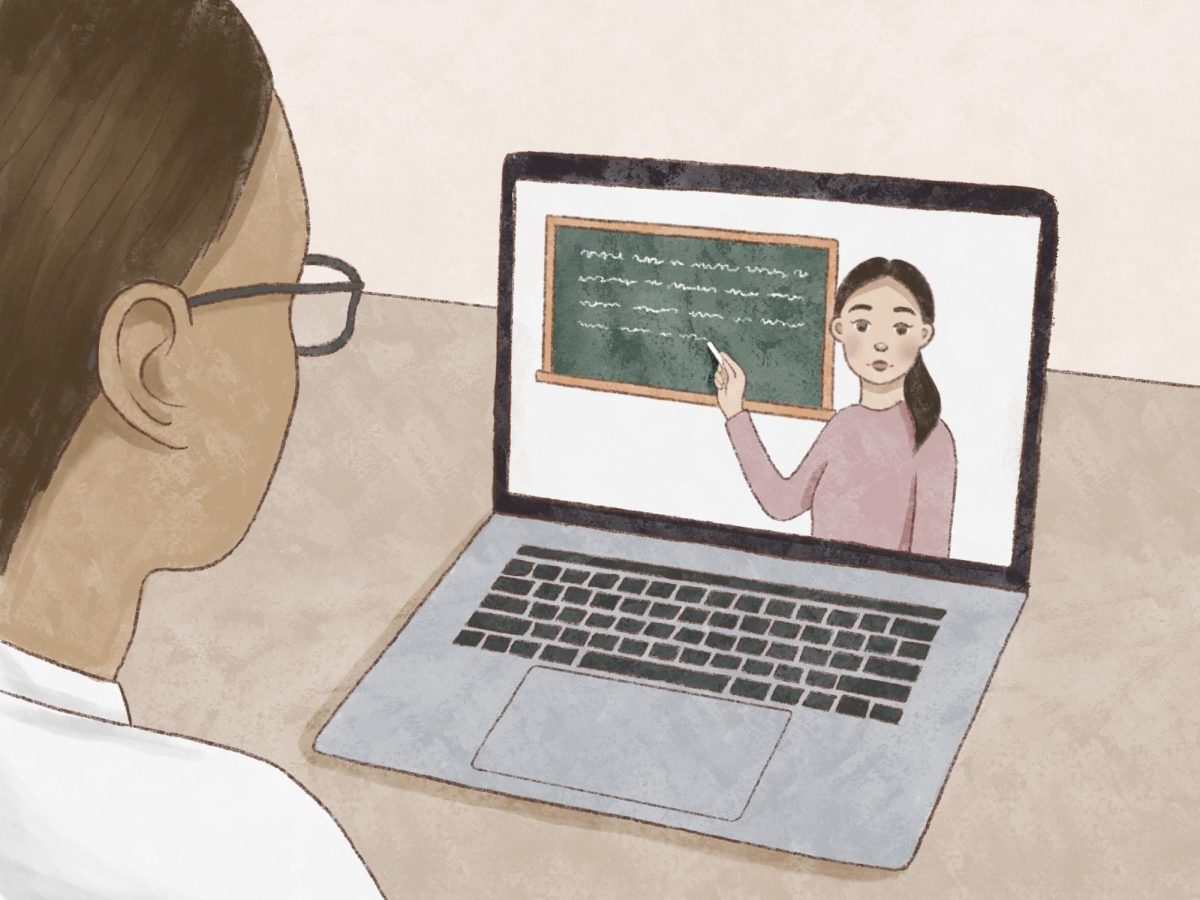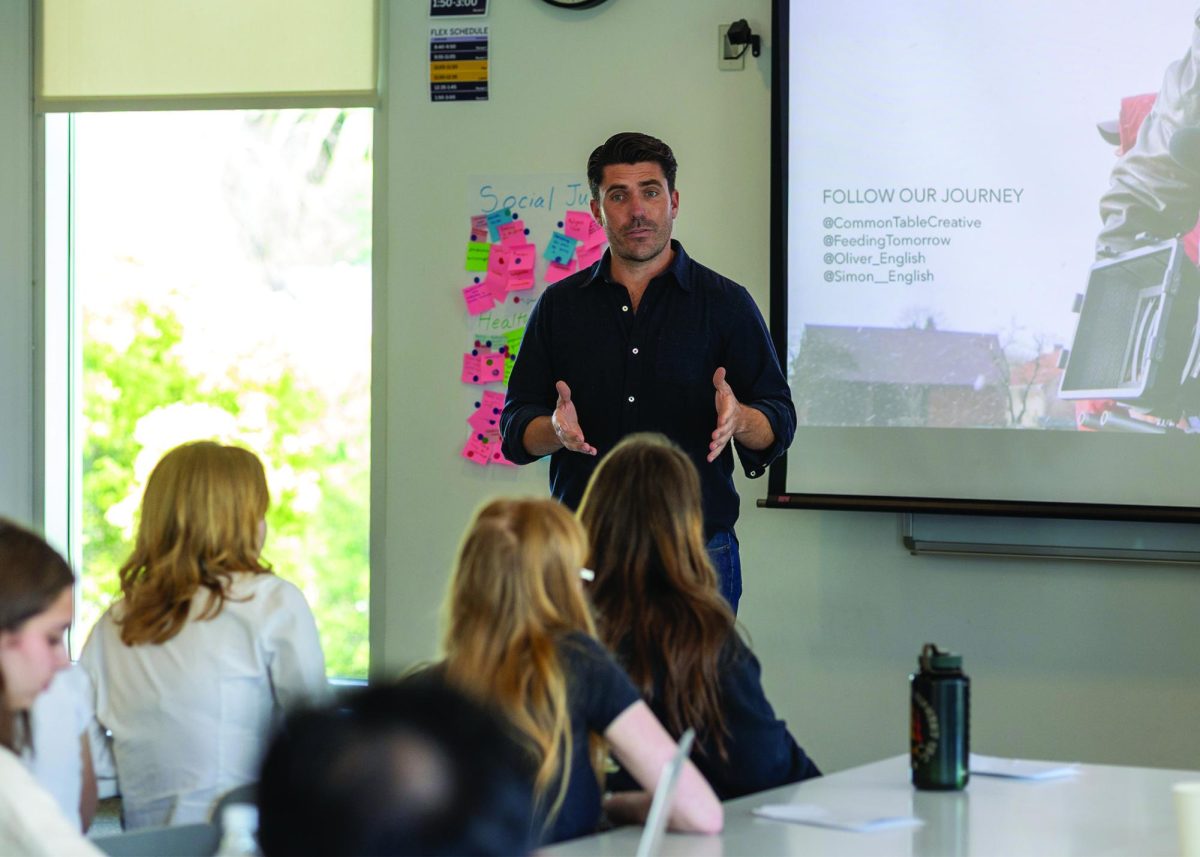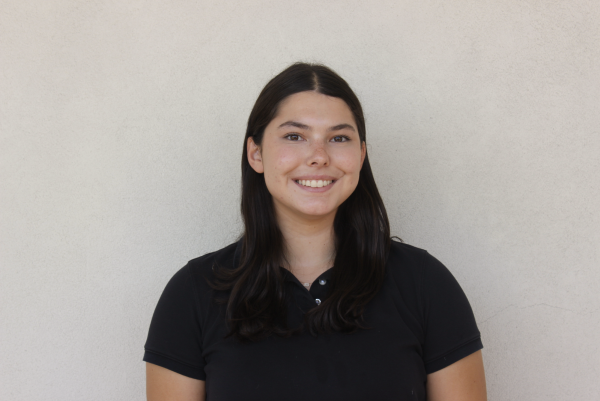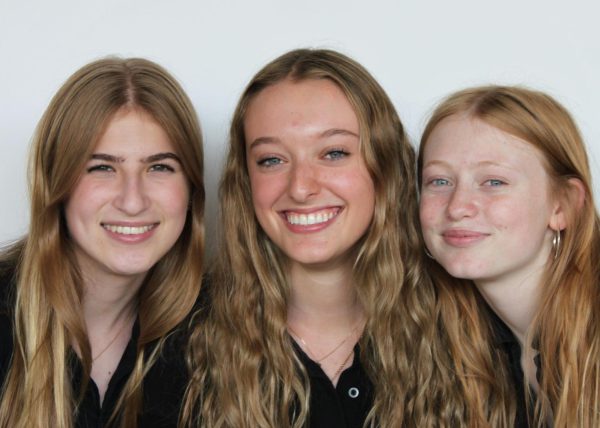A few days of rainfall in Los Angeles recently curbed the extensive dry season in the city, but no amount of rain can wash away the impacts of the LA fires that began to burn on Jan. 7. Over 28 people are reported to have died in the wildfires, and thousands more will suffer in the weeks and months to come because of their health conditions and financial and sentimental losses. Weather forecasting service AccuWeather estimates the total economic loss of the fires to be over $250 billion, including structural damage, future healthcare needs and business disturbances.
The Santa Ana winds contributed to the sizeable breadth of the wildfires and carried harmful debris all across Los Angeles County. These remnants can cause asthma, cancer and premature births. While the Air Quality Index (AQI) may report “healthy” levels of air pollution, this measurement is unreliable, as the AQI is unable to quantify levels of some toxic particles such as asbestoses and for around a week during the peak of the fires, the AQI reported that there was a “health advisory in effect” for much of Los Angeles. Science Instructor Felonie Doss described the impacts of poor air quality on human health.
“With an increase in small particulate matter in the air and inhaled into the lungs, there is potential for health complications regarding lungs, eyes and overall respiratory tract,” Doss said. “There is also concern of old building materials such as asbestos being in the air as well.”
Asbestoses are mineral fibers used in building materials that travel through the air when they burn, along with heavy metals and dangerous chemicals. They are banned in over 60 countries because of their close links to several types of cancer yet remain present in countless older buildings. According to the Mesothelioma Center, Asbestos-related lung cancer causes around 6,000 deaths in the United States each year, despite the ban.
In addition to the new health issues that wildfires cause, many conditions and chronic diseases can worsen due to air pollution and diminished access to vital healthcare. Evacuees with chronic conditions may be unable to fill prescriptions or go to healthcare facilities they need to treat their illnesses.
Furthermore, mental health practitioners in areas directly affected by the wildfires have seen drastically increased rates of depression, post-traumatic stress, anxiety and other mental health struggles because of the fires. Dialectical Behavior Therapist Sasha Ginsburg-Krasny described why this crisis disproportionately affects teenagers. She said many teens in affected areas have not lived in any other neighborhoods, so the fires stripped away their communities and childhoods along with their homes.
“I think that’s going to be an unforgettable, probably very traumatic thing in a teen’s life,” Ginsburg-Krasny said. “It was their first home that they made with their friends and their family, and their brains are not fully developed yet. It’s going to be a lot harder for them.”
Additionally, many workers in the domestic service industry, especially gardeners and nannies, have lost their jobs. Time Magazine reports that these workers are especially vulnerable because they do not have access to unemployment benefits or other safety nets as they often live paycheck to paycheck. Because the fires led to the displacement of families and some homes requiring regular maintenance no longer exist, workers are left without the income they depended on. As a result, the demand for in-home services has plummeted, creating a severe financial strain for those whose livelihoods rely on domestic work.
The fires have also impacted the real estate market as affected families rush to seek housing. According to Fox Business, rental prices in areas unaffected by the fires have risen over 20% due to the influx of families needing shelter. The demand for shelter has created concerns over price gouging, defined as overcharging customers, as landlords take the opportunity to raise rent in areas not directly affected by the fires. According to CalMatters, Los Angeles will see a rise in homelessness due to the surge in rental costs combined with the prices of rebuilding homes. Furthermore, Doss explained that rebuilding homes and communities will be exceedingly difficult because of the ecological damage underneath those structures.
“As many ecosystems are burnt completely, they will begin the process of secondary succession: the very slow process of life reestablishing with the soil layer left,” Doss said. “This process can take hundreds of years as plants slowly regrow and larger, more complex plants take their place and eventually allow for insects, mammals and so forth to return as well.
The economy in Los Angeles is also expected to face long-term challenges as a result of the wildfires. Businesses that were damaged or destroyed in the fires will take many years to recover and rebuild, so many small businesses may be unable to reopen. However, the economic losses aren’t just limited to the physical damage to the properties around Los Angeles. As thousands of residents and workers have had to relocate in the past few weeks, finding jobs has become challenging due to there being fewer businesses overall. This job loss contributes to a weakened local economy because when residents and businesses are struggling financially, it creates a cycle of economic decline that can lead to job losses and a general decrease in economic activity.
Overall, the long-term effects of the Los Angeles wildfires are showing up all over the city, but the fires also reveal a broader theme of climate change.
“Climate change can increase the hot, dry conditions that increase the chances of wildfires,” Doss said. “I also imagine it can become a positive feedback loop, with wildfires resulting in more carbon dioxide and greenhouse gases in the atmosphere that increase the warming of the Earth, causing more hot, dry weather.”
Students also share worries about the broader effects of climate change. Junior class Environmental Representative, Emily ’26 said she is concerned about the climate crisis behind the wildfires.
“The wildfires have made it evident that climate change is real and it is happening right now,” Emily said. “All generations have now witnessed the extent of its destruction. It is vital that we are mindful about our actions and do our part to preserve our community and planet as a whole.”


